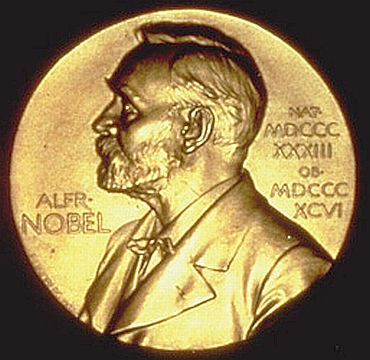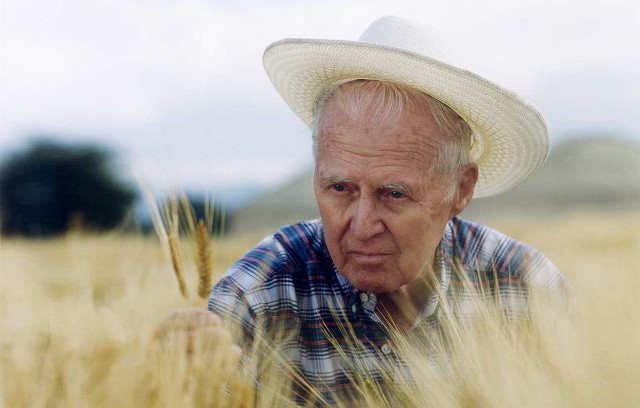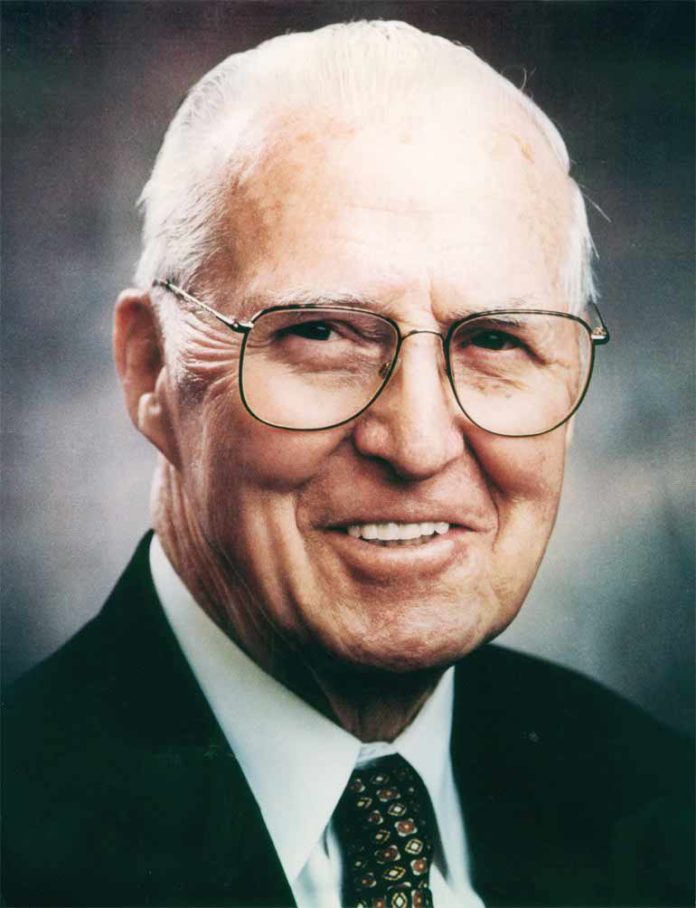For my money, the highest award a human being can receive is the Nobel Peace Prize, even if the process for determining the award makes it far from a perfect.
Like the scientific awards, the Prize cannot be awarded posthumously. Unlike the scientific awards, the Peace Price is usually awarded for current contributions and is more likely to reflect momentary rather than sustained achievement.
The comically unfit have been nominated for Peace Prizes (Hitler, Stalin, and Mussolini were all nominees — at least briefly) and the deserving frequently overlooked (Mahatma Gandhi being the most controversial omission). A few crooks and cranks actually received the award (Kofi Annan, Yasser Arafat, and Henry Kissinger the leading examples — the latter award caused the resignation of two members of the Nobel Committee).
American Nobel Peace Prize Winners
 Since the first award in 1901 to the founder of the Red Cross, the Nobel Peace prize has been awarded to 107 laureates and organizations. 19 Americans have received the Peace Prize, including
Since the first award in 1901 to the founder of the Red Cross, the Nobel Peace prize has been awarded to 107 laureates and organizations. 19 Americans have received the Peace Prize, including
- Theodore Roosevelt (1906, for helping end the Russo-Japanese war)
- Woodrow Wilson (1919, for helping found the League of Nations)
- Jane Addams (1931, headed the International Women’s League for Peace and Freedom)
- Ralph Bunche (1950, known to many of us as a civil rights leader, he was the first person of color to receive the award and earned it for his efforts to mediate in Palestine)
- Martin Luther King, Jr.(1964, youngest award recipient, basically got the Prize because of this speech here)
- George Marshall (1953, for the Marshall plan to rebuild Europe),
- Ellie Wiesel (1986, for his writings on the Holocaust)
- Linus Pauling (1962 for campaigning against nuclear weapons testing), and
- Jimmy Carter (2002. For Camp David).
Obscure American winners include
- Jody Williams (an English teacher who received the award in 1997 for founding the International Campaign to Ban Land mines)
- Charles Dawes (1925 for the Dawes Plan to relieve the burden of German WWI repatriations),
- John Mott (got the award in 1946 for founding the YMCA. Today’s entry comes to you from one of their summer camps).
In 2007, there are five living American Laureates: Carter, Kissinger, Wiesel, Williams, and Norman Borlaug.
Norman Borlaug?
Who is Norman Borlaug? He earned the Nobel Peace Prize in 1970 and is at age 93, largely forgotten. Nonetheless, he is by some measures our greatest living American.
 Last week, George Bush awarded him the Congressional Gold Medal (President Ford had given Borlaug the Medal of Freedom — the nation’s highest civilian award). Bush awarded the honor not because Borlaug is on the faculty of Texas A&M (Bush family holy ground: site of the Bush, Sr. Presidential Library and a huge college run until recently by SecDef Robert Gates). Borlaug deserved the medal, just as he deserved the Peace Prize in 1970.
Last week, George Bush awarded him the Congressional Gold Medal (President Ford had given Borlaug the Medal of Freedom — the nation’s highest civilian award). Bush awarded the honor not because Borlaug is on the faculty of Texas A&M (Bush family holy ground: site of the Bush, Sr. Presidential Library and a huge college run until recently by SecDef Robert Gates). Borlaug deserved the medal, just as he deserved the Peace Prize in 1970.
Journalist and author Greg Easterbrook describes Borlaug as our Greatest Living American. Easterbrook has a hard time counting living American Peace Prize winners (he says two in public and admits to three in an email to me. Count ‘em, Greg – there are five). Why does Easterbrook think so highly of Borlaug?
Because “he has saved more lives than anyone else who has ever lived.”
Born 1914 in Cresco, Iowa, Borlaug became a plant breeder, in the 1940s he moved to Mexico to study how to adopt high-yield crops to feed impoverished nations. Through the 1940s and 1950s, Borlaug developed high-yield wheat strains, then patiently taught the new science of Green Revolution agriculture to poor farmers of Mexico and nations to its south. When famine struck India and Pakistan in the mid-1960s, Borlaug and a team of Mexican assistants raced to the Subcontinent and, often working within sight of artillery flashes from the Indo-Pakistani War of 1965, sowed the first high-yield cereal crop in that region; in a decade, India’s food production increased sevenfold, saving the Subcontinent from predicted Malthusian catastrophes.
Borlaug moved on to working in South America. Every nation his green thumb touched has known dramatic food production increases plus falling fertility rates (as the transition from subsistence to high-tech farm production makes knowledge more important than brawn), higher girls’ education rates (as girls and young women become seen as carriers of knowledge rather than water) and rising living standards for average people. Last fall, Borlaug crowned his magnificent career by persuading the Ford, Rockefeller and Bill & Melinda Gates foundations to begin a major push for high-yield farming in Africa, the one place the Green Revolution has not reached.






